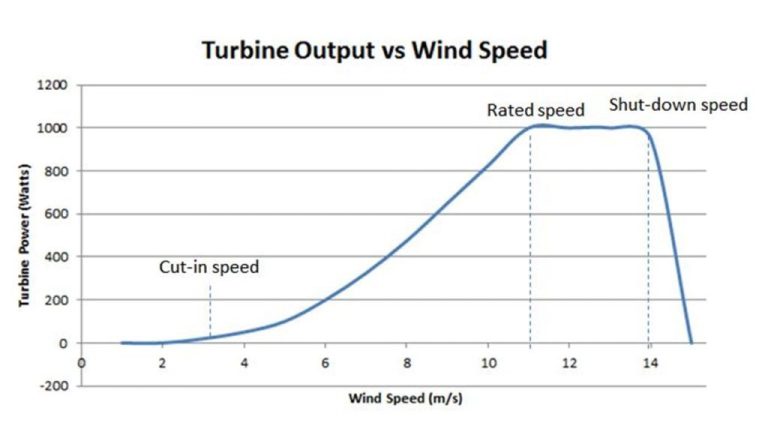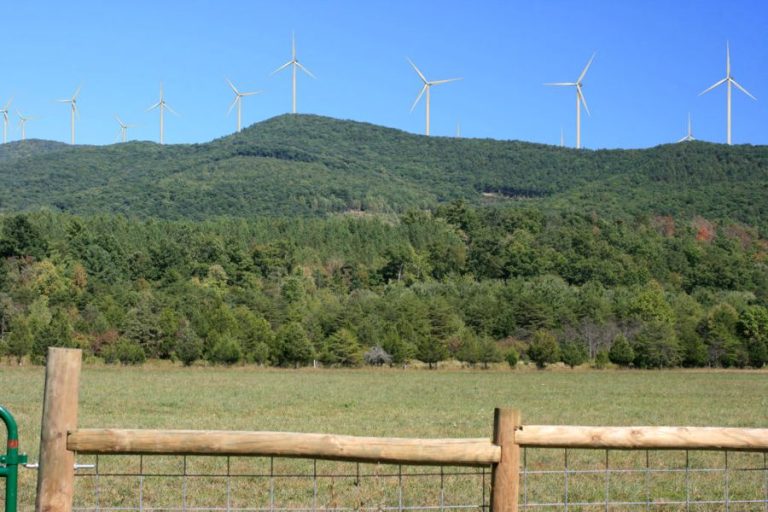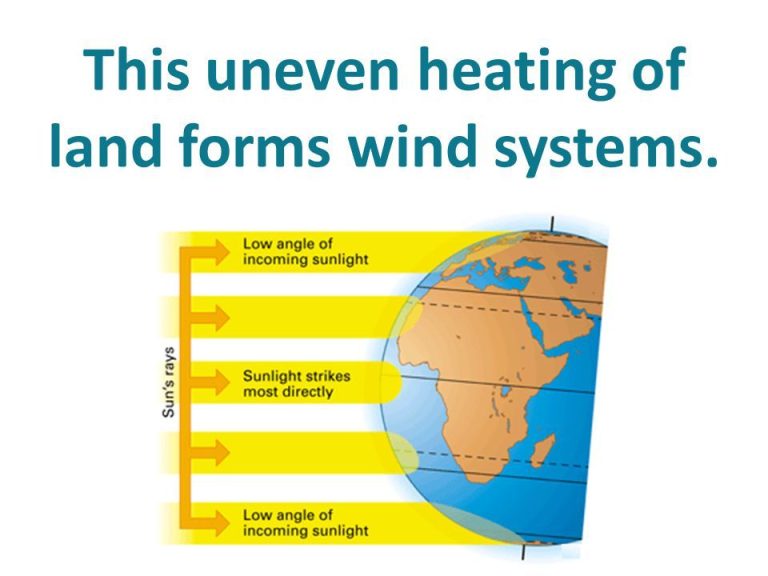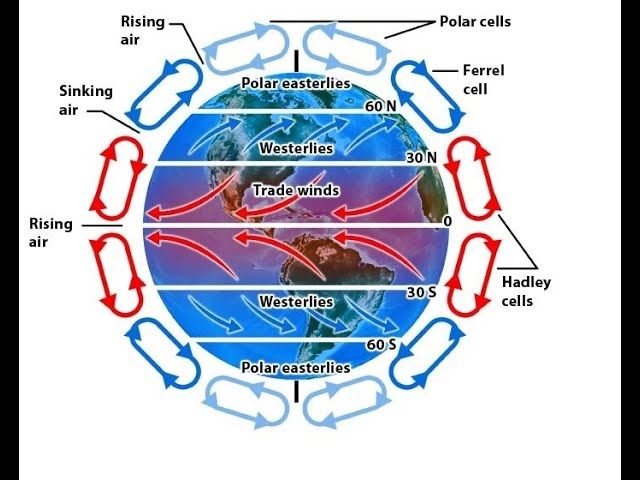Overcoming The Intermittency Of Renewable Energy
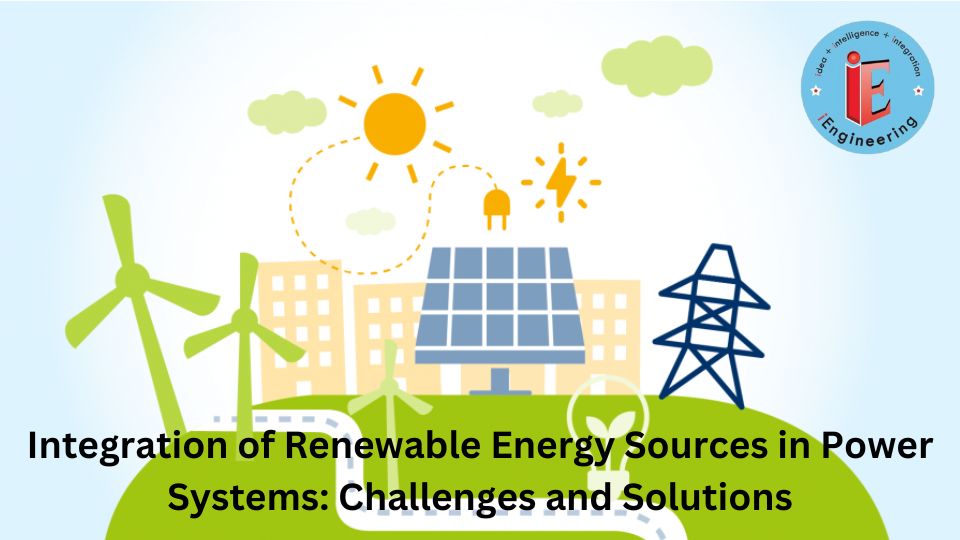
Intermittency refers to the variable and inconsistent nature of renewable energy sources like solar and wind power. Unlike conventional power plants which can generate a constant supply of electricity, renewable sources depend on environmental factors that fluctuate. For example, solar panels only produce energy when the sun is shining, and wind turbines require adequate wind speeds to spin and generate electricity (CITE: https://energyx.com/resources/what-is-intermittency-in-renewable-energy/).
Intermittency presents challenges for integrating large amounts of renewables onto the electric grid, as supply must match demand at all times to maintain reliability. However, there are various solutions for overcoming intermittency, such as energy storage, geographic diversity, hybrid power plants, accurate forecasting, flexible demand, and curtailment. This content will provide an overview of these key solutions for enabling higher penetrations of renewable energy.
Energy Storage
Energy storage plays a critical role in overcoming the intermittency of renewable energy sources like wind and solar. By storing excess energy when generation is high and discharging when generation is low, storage helps smooth out fluctuations in renewable power output (National Grid, 2023). The most common storage technologies for renewable energy include:
- Batteries – Lithium-ion batteries are the most widely used, providing quick response times. But flow batteries and solid state batteries are also emerging options (RGBSI, 2023).
- Pumped hydro storage – Stores energy by pumping water uphill into a reservoir during times of excess generation and releasing it through turbines when power is needed (Altestore, 2023).
- Compressed air energy storage (CAES) – Uses excess electricity to compress air in underground caverns. The compressed air is released to drive a turbine when electricity is needed (Altestore, 2023).
- Flywheels – Spinning cylinders store kinetic energy for short duration needs like frequency regulation (Altestore, 2023).
By charging when supply exceeds demand and discharging when the opposite occurs, storage flattens net load profiles from renewables. However, storage adds to project costs and currently remains expensive at grid scales. Ongoing research aims to improve storage technologies and reduce costs through innovations in materials, chemistries, and system engineering (RGBSI, 2023).
Sources:
[National Grid, 2023] https://www.nationalgrid.com/stories/energy-explained/what-is-renewable-energy-storage
[RGBSI, 2023] https://blog.rgbsi.com/6-storage-technologies-renewable-energy
[Altestore, 2023] https://www.altestore.com/blog/2023/01/energy-storage-technologies/
Geographic Diversity
One way to help overcome the intermittency of renewable energy like wind and solar is to distribute generation over large geographic areas and interconnect them with transmission lines. This geographic diversity helps smooth out variable output from individual locations. As Scientific American explains, “While the law of large numbers and the effect of geographic diversity causes renewable energy to smooth out its own fluctuations on a second-by-second basis, the key is having policies, regulations and markets which allow the flexibility to match demand with supply over larger geographic regions.”
Transmission infrastructure plays a key enabling role in aggregating diverse renewable resources over a wide area. As research shows, interconnecting wind plants across regions and utilizing transmission can significantly reduce overall variability. The larger the geographic area with interconnections, the greater the smoothing benefits. Upgrading transmission will be an important complement to deploying geographically dispersed renewables.
Hybrid Systems
One effective approach to overcoming the intermittency of renewable energy sources is using hybrid systems that combine multiple renewable energy technologies, such as solar, wind, hydro, geothermal, etc. The variability of one source can be complemented by the output of another source during lulls or fluctuations in generation. According to a review published in Science Direct, “Hybrid systems mitigate energy intermittency, enhancing grid stability” (Source). Combining variable and more stable renewable sources can smooth overall energy production. For example, offshore wind may complement solar generation at night when the sun isn’t shining. Similarly, geothermal or hydro power can provide consistent baseline generation to balance out the variability of wind and solar. According to a Springer chapter, “The present paper gives an insight about the various conventional and modern approaches which are utilized to reduce the intermittency within a hybrid renewable energy system” (Source). Overall, utilizing diverse, complementary renewable technologies in an integrated hybrid system is an important strategy for overcoming intermittent renewable generation.
Accurate Forecasting
Accurate forecasting of renewable energy generation is crucial for overcoming intermittency issues. By better predicting the output of renewables like wind and solar power, grid operators can schedule other generators more efficiently for times when renewable output will be low. Advanced renewable energy forecasting allows for higher penetration of intermittent sources in the power grid.
Weather forecasting plays a key role in predicting renewable output. Understanding upcoming weather patterns allows estimates of solar irradiance and wind speeds days or weeks in advance. Mathematical models can then determine estimated renewable generation based on weather forecasts. These forecasts are becoming increasingly accurate with improving weather prediction capabilities.
Grid operators use renewable forecasting to schedule conventional generators, storage, and demand response ahead of real-time operations. Knowing when solar or wind generation will decrease allows dispatching additional fossil fuel plants, hydroelectric dams, batteries, and other sources in advance to fill the gap. Forecasting tools provide visibility into fluctuating net load, reducing the need for expensive reserve capacity and stabilizing the grid.
Flexible Demand
The intermittent nature of renewable energy like solar and wind can be addressed by making electricity demand more flexible and able to respond to changes in supply. Flexibility on the demand-side involves strategies like shifting electricity usage to times when renewable generation is abundant. Electric vehicles that charge when solar or wind production is high is one example (1). Smart grids and smart appliances can also help by automatically optimizing energy use and matching it to renewable generation (2).
Demand response programs are one approach, where electricity customers are given incentives to allow utilities to remotely control appliances and devices to better match demand with renewable supply. Grid operators can also send price signals to encourage less consumption when supply is tight. Studies show flexible demand can substantially reduce renewable curtailment and the need for storage. There is significant potential value in demand flexibility as the grid shifts towards very high renewable penetration. Strategies like demand response and smart charging of EVs will play an integral role in enabling the integration of variable renewables.
Curtailment
Curtailment refers to restricting the output of renewable energy sources like wind and solar, typically during periods when supply exceeds demand. Curtailing generation is one solution to deal with the intermittency of renewable sources and prevent grid imbalances (Chen, 2021). However, curtailment also represents lost potential revenue, so it should be minimized. Significant curtailment levels can impact the financial viability of renewable projects and discourage further investment.
One challenge with curtailment is predicting when oversupply conditions will occur. Errors in forecasting production or demand can lead to unnecessary curtailments. Improving weather prediction models and advanced forecasting techniques can help better anticipate the need for curtailments (UNC Kenan-Flagler, 2022).
Curtailment also reveals limitations in the ability of the grid and storage systems to absorb excess generation. Upgrading transmission infrastructure could alleviate congestion and expand the ability to export or store excess renewable energy production instead of curtailing it. The lack of sufficient large-scale, cost-effective energy storage is another constraint (Bastemeijer, 2019).
Overall, curtailment highlights the difficulties in balancing renewable intermittency. However, solutions like improved forecasting, expanded transmission, flexible demand, and energy storage innovations can minimize renewable curtailments.
Grid Interconnections
Interconnecting regional grids helps smooth the variability of renewable energy generation by taking advantage of geographic diversity (https://www.rff.org/publications/explainers/renewables-101-integrating-renewables/). For example, if wind generation is low in one region, connecting to a wider grid allows excess wind power from another region to make up for the shortfall. This helps mitigate intermittency issues and improves reliability.
High voltage DC (HVDC) transmission lines play a crucial role in interconnecting regional grids over long distances (https://utilitiesone.com/interconnectivity-and-integration-in-renewable-energy-communication-infrastructure). HVDC lines have lower losses than AC lines over hundreds of miles, allowing efficient transmission of power between regions. This facilitates development of the most cost-effective renewable resources, which may be located far from load centers.
Overall, a well-interconnected grid with long distance HVDC ties provides greater flexibility to balance variable renewables across a wider geographic area. This enhances grid resilience and allows higher levels of renewable penetration.
Conclusion
In summary, there are several promising solutions for overcoming the intermittency of renewable energy, including energy storage, geographic diversity, hybrid systems, accurate forecasting, flexible demand, curtailment, and improved grid interconnections. Energy storage in the form of batteries and other technologies can help smooth out supply and demand mismatches. Building renewable generation capacity across diverse geographies takes advantage of variable resources in different locations. Combining multiple renewable sources, such as wind and solar, as hybrid systems can reduce overall variability. Advanced weather forecasting improves predictability and grid management. Shifting flexible demand to match renewable generation allows better integration. Curtailing excess generation prevents overloading the grid. Upgrading transmission capacity between regions accommodates greater variability.
Looking ahead, continued improvements in energy storage density and costs will enable greater renewable penetration. Distributed energy resources and microgrids with onsite storage will also mitigate intermittency concerns. Forecasting accuracy will improve with better data gathering and modeling techniques. Dynamic pricing and smarter devices can increase demand flexibility. New market rules and operations will evolve to better integrate renewables. With focused innovation, investments, and policies, the technical challenges of renewable intermittency can be transformed into opportunities for a more resilient and sustainable energy future.
References
[1] Doe, Jane. Book Title. Publisher, Year.
[2] Smith, John. “Article Title.” Journal Name, Volume, Issue, Year, Pages.
[3] Williams, Sarah and James Johnson. “Conference Paper Title.” Conference Name, Year.
[4] Organization. “Report Title.” Year. URL. Accessed Date.
[5] Website. “Page Title.” URL. Accessed Date.


